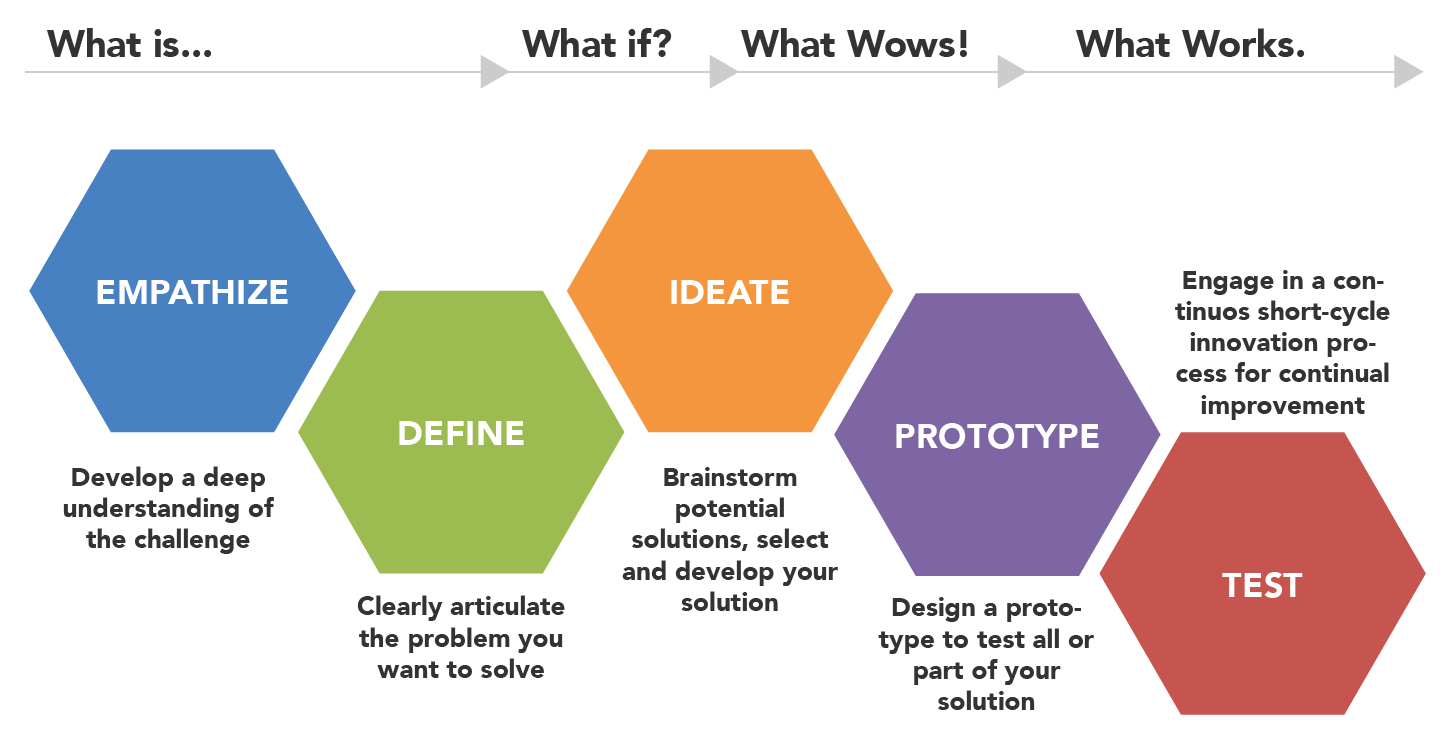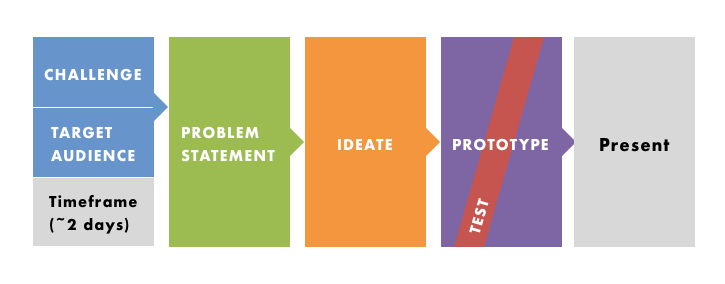Introducing Design Thinking: Design Swarms
As Gannett consolidated its Design teams onto one UX team, I introduced Design Swarms with 4 main goals:
Design swarms helped the team break out of the role of “pixel-perfect” designers and to begin to think critically about the current landscape, emerging trends and users needs, as well as working collaboratively with Editorial and Advertising to match their goals with user needs.
Gannett hadn’t approached a substantive redesign since 2011 and this gave the team the chance to work with new ideas in a fluid, fast fashion, focusing on the goal and story behind solutions.
Design Swarms gave us a chance to involve Development in the ideation process, giving them a look into what demands might be placed on the publishing platform longer-term and the chance for both teams to ideate collectively.
Design Swarms helped the UX team absorb a new strategic approach to target audiences and encouraged everyone, across all departments, to think of users as our key stakeholders.
A typical Design Swarm would run as a two day “hackathon”, starting with a kick off session that described the key challenge, including input from Strategy on key target audiences, Editorial on current challenges and future goals, and trends from Advertising, as well as input from other departments depending on the challenge.
After the kickoff participants would break up into teams of Designers, Architects and participants from other departments to define their solution and prototype. The initial prototype would be tested with users, revised, and finally presented to stakeholders.
These sessions contributed to new feature ideas targeted to both user needs and Gannett’s long term Business and UX strategies, created a team that was quick, questioning, and committed to delivering, and gave UX and Dev the time to collaborate on ideas for the proposed publishing system. Additionally, they built stronger relationships between teams and a greater shared understanding of each department’s goals and concerns.


